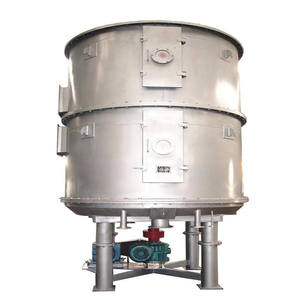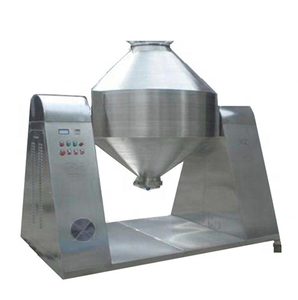Forklifts are a critical component of modern industrial operations, classified as heavy machinery due to their robust design, substantial weight, and capacity to handle demanding material-handling tasks. As a mechanical engineer, it is essential to analyze the technical aspects that define forklifts as heavy machinery, their operational principles, safety considerations, and their role in enhancing productivity across industries. This article explores the engineering behind forklifts, their classification within the heavy machinery category, and their significance in industrial applications.
(is a fork lift heavy machinery)
Heavy machinery is characterized by its ability to perform labor-intensive tasks, often involving large-scale movement, lifting, or earthworks. Forklifts fall squarely into this category due to their structural integrity, power systems, and load-bearing capabilities. A typical forklift weighs between 3,000 to 20,000 pounds, depending on its class, and is engineered to lift loads ranging from 3,000 to over 50,000 pounds. These machines are powered by internal combustion engines (diesel, gasoline, or propane) or electric motors, with hydraulic systems enabling precise control of lifting mechanisms. The combination of high torque, durable chassis, and reinforced components ensures their capability to operate in challenging environments such as warehouses, construction sites, and manufacturing facilities.
The design of a forklift incorporates several mechanical engineering principles to ensure efficiency and safety. The mast, a vertical assembly responsible for lifting and lowering loads, utilizes hydraulic cylinders powered by a pump connected to the engine or motor. The carriage, which holds the forks, moves along the mast’s rails, guided by roller bearings to minimize friction. A critical feature is the counterweight at the rear of the forklift, which balances the load being lifted and prevents tipping—a fundamental safety consideration. The stability triangle, a concept derived from the forklift’s center of gravity, load center, and wheelbase, is integral to its design. Operators must remain within this triangle to maintain equilibrium during operations.
Safety is paramount when operating heavy machinery like forklifts. Mechanical engineers play a vital role in integrating safety features such as overload sensors, anti-rollback systems, and stability control technologies. Forklifts are also equipped with operator restraint systems, emergency stop mechanisms, and audible alarms to mitigate risks. Proper training and certification for operators are non-negotiable, as mishandling can lead to equipment damage, workplace injuries, or fatalities. Regular maintenance—including inspection of hydraulic lines, tire integrity, and brake systems—is essential to ensure operational reliability and compliance with safety standards such as OSHA (Occupational Safety and Health Administration) regulations.
Forklifts are indispensable in industries requiring efficient material handling. In warehousing, they streamline inventory management by enabling vertical stacking and retrieval of palletized goods. Construction sites rely on rough-terrain forklifts to transport heavy materials like steel beams or concrete blocks across uneven surfaces. Manufacturing facilities use specialized forklifts for handling raw materials, machinery components, and finished products. The versatility of forklifts is further enhanced by attachments such as clamps, rotators, and telescopic forks, which expand their functionality to meet diverse operational needs.
Advancements in forklift technology continue to evolve, driven by mechanical engineering innovation. Electric forklifts are gaining prominence due to their zero emissions, reduced noise levels, and lower operating costs compared to combustion-engine models. Automation is another frontier, with autonomous forklifts utilizing LiDAR, cameras, and AI algorithms to navigate warehouses without human intervention. These systems optimize logistics by integrating with warehouse management software, enabling real-time tracking and predictive maintenance. Hybrid models combining electric power with hydrogen fuel cells are also emerging, offering extended runtime and rapid refueling capabilities.
(is a fork lift heavy machinery)
In conclusion, forklifts are a quintessential example of heavy machinery, embodying mechanical engineering excellence in their design, functionality, and adaptability. Their ability to lift, transport, and position heavy loads with precision makes them indispensable in global industries. As technology advances, forklifts will continue to evolve, incorporating smarter systems and sustainable power solutions to meet the demands of modern industrial environments. Mechanical engineers must prioritize innovation, safety, and efficiency to ensure these machines remain reliable assets in material handling, contributing to productivity and operational success.


